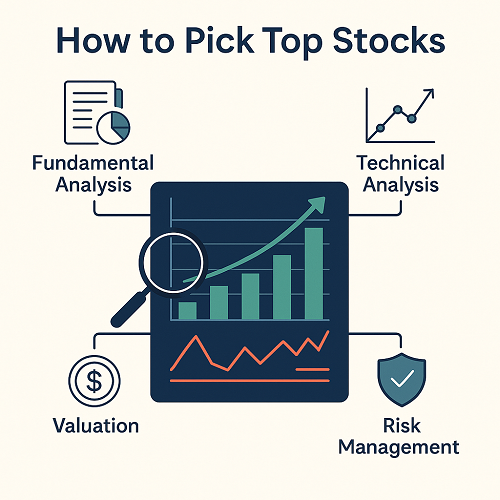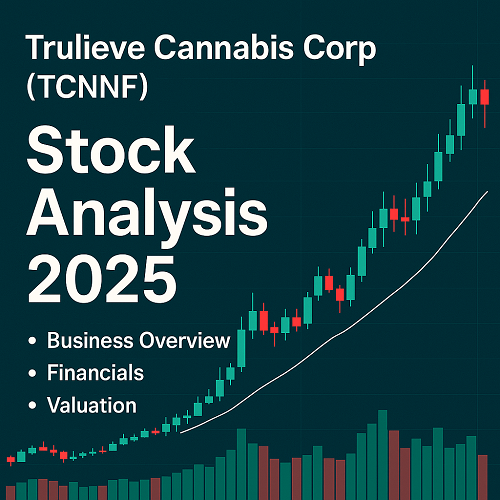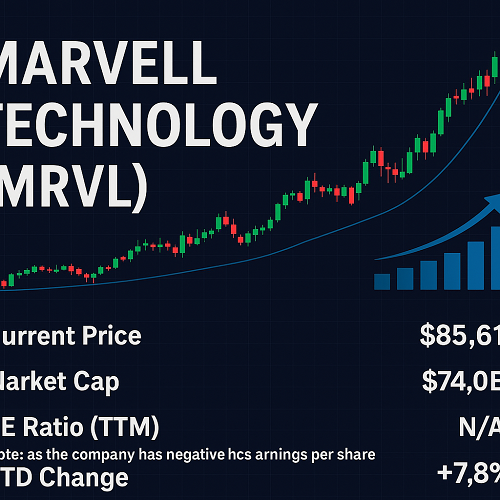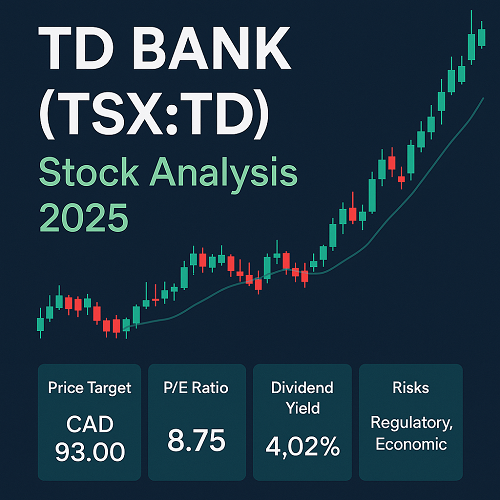Why “top stock” is a moving target
When someone asks, “How do I pick the best stocks?” the question often implies there is a fixed formula or secret. In reality, the “top stock” depends on when you pick, for whom, and under which market regime. What’s “top” during a bull market may underperform in a rotation or bear cycle.
Nevertheless, with a disciplined approach that blends fundamental rigor, quantitative discipline, sentiment overlays, and risk controls, you can systematically aim to discover outperformers. This article offers a complete blueprint — from strategy foundations to advanced screening — to help you consistently pick top stocks over time (and with adaptability).
Keywords to target
- how to pick top stocks
- best stocks to invest
- stock screening strategies
- fundamental + technical picking
- factor models in stock selection
By covering broad and niche subtopics (e.g. insider flows, options sentiment), this article is intended to be more comprehensive than typical “how to pick stocks” posts (like the TD page you shared). Let’s begin.
Defining Your Framework: Goals, Time Horizon & Risk Tolerance
Before you ever open a screener or read a financial statement, you need clarity on:
- Investment Objective: Are you aiming for capital appreciation, dividend income, or capital preservation?
- Time Horizon: Are you trading for weeks, months, or years?
- Risk Tolerance: What drawdown can you accept? Volatile growth stocks might surge, but they may also plunge.
- Sector / Theme Bias: Do you have a macro or thematic tilt (e.g. AI, green energy, biotech)?
Your answers should shape filters, weighting schemes, and exit rules. Without this, you risk chasing “top stocks” blindly.
Core Criteria for Evaluating Stocks
Here we detail the primary dimensions you must evaluate. A top stock tends to score well across multiple axes, not just one.
Fundamentals: Revenue, Earnings, Margins, ROE & Growth
- Revenue Growth & Trend
Look for consistent year-over-year revenue growth. More importantly, check whether growth is accelerating or decelerating. A stock with +30% YoY growth that is slowing to +10% is a warning. - Earnings (Net Income, EPS) & Quality
A key red flag is divergence between earnings and cash flows. Strong earnings should ideally be backed by operating cash flow, with low accruals. - Profit Margins (Gross, Operating, Net)
Margin expansion is a powerful sign of operational leverage. Compare margins vs. competitors / industry averages. - Return on Equity (ROE), Return on Invested Capital (ROIC)
ROE and ROIC reveal how well a company uses capital. High ROIC (adjusted for leverage) is often a hallmark of winners. - Growth Consistency & Predictability
Some sectors are cyclical. Evaluate seasonality, volatility, and historical consistency.
Financial Strength & Balance Sheet Health
- Debt Levels vs. EBITDA / Free Cash Flow (FCF)
A high-debt company, even with strong sales, can crumble under stress. Debt/EBITDA below 2–3× (or adjusted per industry) is often safer. - Interest Coverage
EBIT / Interest Expense should ideally be > 5x (or more depending on cycle). Avoid companies strained to service debt. - Liquidity Ratios
Current ratio and quick ratio give clues to short-term solvency. - Free Cash Flow (FCF) & FCF Yield
FCF shows how much cash is available after capital expenditures. FCF yield = FCF / market cap. A high FCF yield often signals undervaluation. - Non-Operating Liabilities & Off-Balance Sheet Risks
Watch out for pension liabilities, debt guarantees, or lease obligations.
Competitive Moats & Industry Position
- Moat Identification
What gives the company defensibility? Examples: brand power, switching costs, network effects, patents, regulatory barriers. - Relative Positioning
Compare growth, margins, and innovation pipelines versus industry peers. - Management & Stewardship
Examine track records of capital allocation (mergers, buybacks, reinvestment).
Catalysts & Growth Drivers
- Product Pipeline / R&D
Particularly for tech, biotech, industrials. - Expansion Into New Geographies / Vertical Integration
If done prudently, expansion can fuel growth. - Regulatory or Market Shifts
Tailwinds from macro trends (e.g. carbon transition, AI adoption) can fuel outperformance. - M&A Potential or Spin-off Opportunities
Sometimes hidden value lies in restructuring or corporate actions.
Valuation Metrics & Relative Valuation
- Absolute Valuations
- P/E (Trailing, Forward)
- EV / EBITDA
- EV / Sales
- PEG (P/E divided by growth rate)
- Price / Book
- Relative Comparisons
Compare valuation multiples to sector and peer averages to see if a stock is cheap or expensive in context. - Discounted Cash Flow (DCF) / Intrinsic Value Models
Use a conservative growth assumption and discount rate to bound value. Be wary of overly optimistic forecasts. - Margin of Safety
Even for high-confidence picks, demand 15–30% buffer below your intrinsic value to absorb errors.
Technical Filters & Trend Confirmation
No matter how strong the fundamentals, the stock should have a favorable technical backdrop, especially when timing entries.
- Trend Direction (Moving Averages, e.g. 50/200 SMA)
Confirm that price is above key MAs, or at least not in a downtrend. - Support / Resistance Zones
Seek high-probability pivot zones for entries. - Volume Confirmation
Look for volume surges on breakouts. - Trend Strength Indicators (ADX, MACD, RSI)
Avoid stocks with weak momentum or overbought conditions unless you are layering cautiously. - Relative Strength vs. Benchmark
Stocks outperforming their sector / index in recent months often carry momentum.
Advanced Quantitative Models & Screening Techniques
To filter thousands of stocks, advanced screening and scoring models are essential.
Factor Investing & Multi-Factor Models
Use factor models combining multiple signals such as:
- Value (low P/E, low EV/EBITDA, high FCF yield)
- Quality (high ROE, low debt, consistent profitability)
- Momentum (positive relative strength)
- Growth (earnings growth forecasts)
- Volatility / Risk (low volatility, low beta)
You can weight factors according to your style and backtest different combinations.
Quantitative Scoring Systems
Some well-known scoring models:
- Piotroski F-Score: A 9-point score evaluating profitability, liquidity, and leverage improvements. Stocks with F-score ≥ 7 are often interesting.
- Magic Formula (Joel Greenblatt): Combine earnings yield (EY) and return on capital (ROC).
- AIC (Altman Z-Score): For bankruptcy risk screening.
- Custom Weighted Composite Score: Combine normalized metrics like ROIC, margin expansion, momentum, sentiment into one composite rank.
Backtesting, Robustness Checks & Overfitting Prevention
- Out-of-Sample Testing: Train your model on a period (e.g. 2010–2018), test on 2019–2023.
- Walk-Forward Validation: Slide the window over time to avoid data snooping.
- Stress Tests / Adversarial Scenarios: Test performance during bear markets, recessions.
- Avoid Too Many Parameters: Simpler models generalize better.
Behavioral & Sentiment Overlays
While fundamentals and quant scoring filter broadly, sentiment and behavioral overlays can help you spot acceleration or reversals.
Insider Transactions & Institutional Ownership
- Insider Buys vs. Sells: Insider accumulation is often a positive signal, especially by executives.
- Institutional Accumulation / Disposition: Large fund inflows or outflows by institutions may impact stock movement.
Options Flow & Derivative Signals
- Unusual Call / Put Activity: Volume and skew in options may suggest directional sentiment.
- Open Interest Build-Ups: A strong rise in OI in calls can hint at bullish setups.
Retail Sentiment, Social Media & News Flow
- Reddit, StockTwits, Twitter: Sudden spikes in mentions or sentiment polarity can foreshadow momentum moves (or bubbles).
- Earnings / News Surprises: Track analyst changes, earnings beats/misses, guidance revisions.
- Media Sentiment Scoring: Natural Language Processing (NLP) tools can aggregate sentiment from news headlines.
Momentum & Market Breadth Indicators
- Relative Strength Index (RSI), Rate of Change (ROC)
- Market Breadth (Advance/Decline Lines, McClellan Oscillator)
- Sector Rotation Analysis
Overlaying these helps avoid stocks that look good fundamentally but are technical laggards or in weak sectors.
Portfolio Construction & Risk Management
Even the best picks can fail. Solid portfolio rules separate winners from ruin.
Position Sizing, Stop Losses & Drawdown Control
- Risk Percent Method: Cap risk per trade (e.g. 1–2% of capital).
- Volatility-Based Positioning: Allocate more to low-volatility ideas, less to high-volatility ones.
- Stop-Loss / Trailing Stop Rules: Predefine exit thresholds (e.g. 8–15% below entry, or some technical trigger).
- Time Stops: Exit if a stock doesn’t move as expected after a given time.
Diversification & Correlation Management
- Avoid heavy concentration in one sector, theme, or factor.
- Monitor pairwise correlations; prefer uncorrelated or moderately correlated positions.
- Hedge via index options or inverse ETFs if correct.
Rebalancing, Trim Rules & Exit Criteria
- Time-Based Rebalancing: Quarterly or semiannual reviews.
- Trim Overweight Positions: If a position runs up, take off part of profit.
- Rule-Based Exits: E.g. fundamentals deteriorate, key metrics break down, or a technical breakdown occurs.
- Stop-Loss / Final Cut: If a stock violates your risk guardrails, exit.
Case Studies: How to Pick Top Stocks in Real Time
To bring theory into practice, here are three mini case studies (fictional but realistic) showing how to apply the steps.
Example 1: High-Growth Tech Stock
- Initial Screening: High growth > 25% YoY revenue, FCF positive, EV/Revenue < 10, strong ROIC.
- Sentiment Overlay: Options call flow spiking, insider buys in last quarter.
- Technical Filter: Price breaking out above 50-day MA with volume surge.
- Risk Management: Allocate 2%, set a 12% stop, partial profit at +25%.
- Review: Adjust for guidance changes or margin contraction.
Example 2: Value / Turnaround Stock
- Screening: P/E is low relative to peers, EV/EBITDA attractive, debt manageable.
- Catalyst: Spin-off announcement, new management, operational restructuring.
- Sentiment Overlay: Institutional accumulation from funds in turnaround space.
- Technical Filter: Base formation breakout or trend reversal.
- Risk Management: Smaller position size (e.g. 1%), tighter stop, trailing stop on bounce.
Example 3: Dividend / Income Stock
- Screening: Dividend yield > 3%, payout ratio < 60%, free cash flow firm coverage.
- Moat Check: Stable business model (e.g. utilities, consumer staples)
- Catalyst: Dividend increase, share buybacks, or valuation re-rate.
- Technical Filter: Trading in a stable uptrend, near support zones.
- Risk Management: Moderate position; cut if dividend cut risk arises.
Tools & Platforms That Help You Screen & Monitor
Here’s a curated list of useful tools for applying this approach:
| Type | Tool / Platform | Use Case / Strength |
|---|---|---|
| Screeners | Finviz, StockCharts, TradingView, Zacks, Screener.co | Quick filtering across fundamental & technical metrics |
| Data & Models | Bloomberg Terminal, FactSet, Capital IQ, YCharts | Deep financial data, models, analytics |
| Quantitative Tools | QuantConnect, Python (pandas, TA-lib), R, Quantopian (historical) | Build and backtest your factor models |
| Sentiment / News | RavenPack, Bloomberg News, News API + NLP tools | Aggregate and score news flow |
| Options Flow | FlowAlgo, Unusual Whales, OptionMonster | Track real-time call/put activity |
| Portfolio / Risk | Portfolio Visualizer, Riskalyze, Sharadar | Diversification, correlation, performance metrics |
Use a blend of these to gain edge — don’t rely on a single system.
Pitfalls, Common Mistakes & What to Avoid
- Overfitting Your Screens: Too many parameters may only work in your training period.
- Ignoring Fundamentals in Favor of “Hot Trends”
- Chasing Overbought Stocks Without Confirmation
- Overconcentration in a Single Bet / Theme
- Emotional Pivots: Overreacting to News
- Lack of Exit Strategy
- Neglecting Macro / Sector Risk
- Survivorship Bias in Backtesting
- Ignoring Dilution, Share Structure, or Hidden Liabilities
Summary & Implementation Roadmap
Step-by-Step Path
- Define your goal, horizon & risk limits.
- Build or adopt a multi-factor screening framework combining fundamentals, valuation, and technicals.
- Overlay behavioral and sentiment signals (insider, options, news).
- Narrow to top candidates, then apply deep due diligence (read filings, competitor analysis).
- Use risk-first position sizing and stop rules.
- Monitor actively, trim winners, cut losers.
- Periodically audit and recalibrate your model.
If implemented rigorously and adaptively, this approach gives you a systematic pathway to discover and manage top stocks — better than ad hoc tips or purely reactive strategies.
FAQs (SEO-friendly)
Q: What metrics matter most when picking top stocks?
A: No single metric wins — you need a blend: revenue & earnings growth, margins, return on capital, valuation, technical momentum, and risk controls.
Q: Can small-cap stocks be “top stocks”?
A: Yes — small-caps often have higher growth potential, but also more volatility and risk. Your position sizing and due diligence must be stricter.
Q: How often should I rebalance or revisit my picks?
A: A quarterly review is a strong baseline. But you may also use event-based triggers (earnings, news, technical breaks).
Q: Is it best to rely on fundamental or technical analysis?
A: Use both. Fundamentals help identify potential; technicals help time entries and exits.
Q: How do I avoid cognitive bias in stock-picking?
A: Use rule-based systems, backtesting, stop-loss discipline, and independent checks. Peer review and journaling help too.





 XAUT-USD
XAUT-USD  AMD
AMD  MARA
MARA  SHOP
SHOP  BULL
BULL  CL=F
CL=F